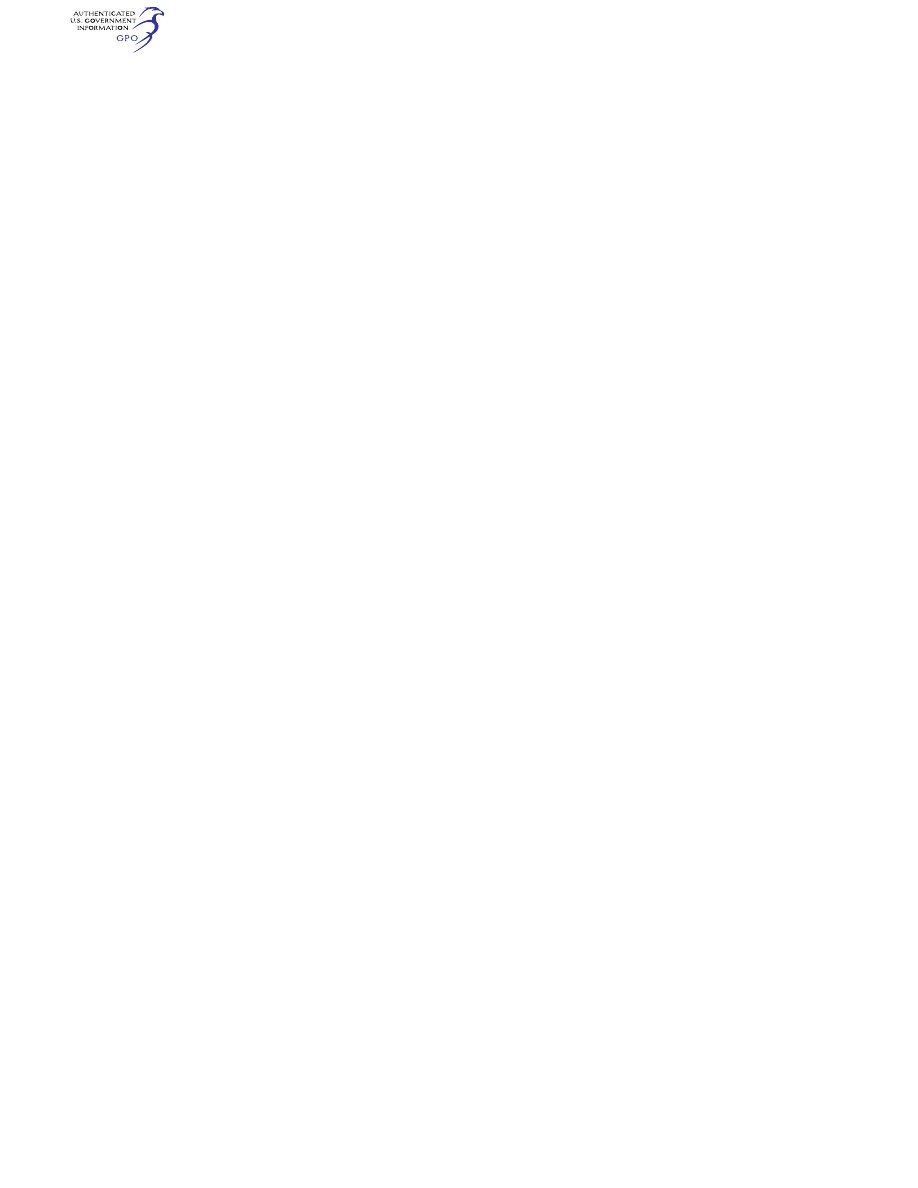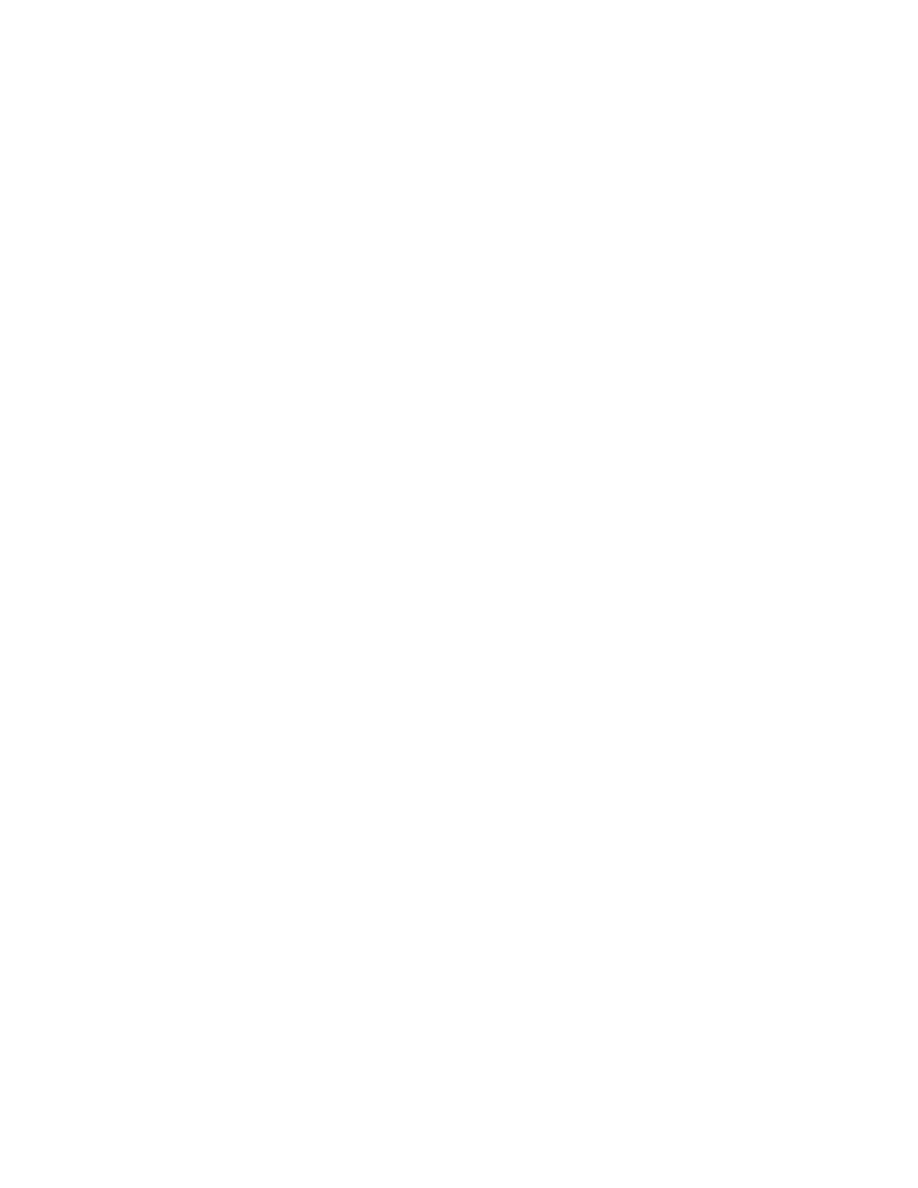
630
14 CFR Ch. I (1–1–24 Edition)
§ 29.927
(2)
Continuous OEI power run. For
rotorcraft for which the use of contin-
uous OEI power is requested, a run at
continuous OEI torque and the max-
imum speed for use with continuous
OEI torque must be conducted as fol-
lows: For each engine, in sequence,
that engine must be inoperative and
the remaining engines must be run for
1 hour.
(3) The number of periods prescribed
in paragraph (k)(1) or (k)(2) of this sec-
tion may not be less than the number
of engines, nor may it be less than two.
(l) [Reserved]
(m) Any components that are af-
fected by maneuvering and gust loads
must be investigated for the same
flight conditions as are the main ro-
tors, and their service lives must be de-
termined by fatigue tests or by other
acceptable methods. In addition, a
level of safety equal to that of the
main rotors must be provided for—
(1) Each component in the rotor drive
system whose failure would cause an
uncontrolled landing;
(2) Each component essential to the
phasing of rotors on multirotor rotor-
craft, or that furnishes a driving link
for the essential control of rotors in
autorotation; and
(3) Each component common to two
or more engines on multiengine rotor-
craft.
(n)
Special tests. Each rotor drive sys-
tem designed to operate at two or more
gear ratios must be subjected to special
testing for durations necessary to sub-
stantiate the safety of the rotor drive
system.
(o) Each part tested as prescribed in
this section must be in a serviceable
condition at the end of the tests. No in-
tervening disassembly which might af-
fect test results may be conducted.
(p)
Endurance tests; operating lubri-
cants. To be approved for use in rotor
drive and control systems, lubricants
must meet the specifications of lubri-
cants used during the tests prescribed
by this section. Additional or alternate
lubricants may be qualified by equiva-
lent testing or by comparative analysis
of lubricant specifications and rotor
drive and control system characteris-
tics. In addition—
(1) At least three 10-hour cycles re-
quired by this section must be con-
ducted with transmission and gearbox
lubricant temperatures, at the location
prescribed for measurement, not lower
than the maximum operating tempera-
ture for which approval is requested;
(2) For pressure lubricated systems,
at least three 10-hour cycles required
by this section must be conducted with
the lubricant pressure, at the location
prescribed for measurement, not higher
than the minimum operating pressure
for which approval is requested; and
(3) The test conditions of paragraphs
(p)(1) and (p)(2) of this section must be
applied simultaneously and must be ex-
tended to include operation at any one-
engine-inoperative rating for which ap-
proval is requested.
(Secs. 313(a), 601, 603, 604, Federal Aviation
Act of 1958 (49 U.S.C. 1354(a), 1421, 1423, 1424),
sec. 6(c), Dept. of Transportation Act (49
U.S.C. 1655(c)))
[Doc. No. 5084, 29 FR 16150, Dec. 3, 1964, as
amended by Amdt. 29–1, 30 FR 8778, July 13,
1965; Amdt. 29–17, 43 FR 50600, Oct. 30, 1978;
Amdt. 29–26, 53 FR 34215, Sept. 2, 1988; Amdt.
29–31, 55 FR 38967, Sept. 21, 1990; Amdt. 29–34,
59 FR 47768, Sept. 16, 1994; Amdt. 29–40, 61 FR
21908, May 10, 1996; Amdt. 29–42, 63 FR 43285,
Aug. 12, 1998]
§ 29.927
Additional tests.
(a) Any additional dynamic, endur-
ance, and operational tests, and vibra-
tory investigations necessary to deter-
mine that the rotor drive mechanism is
safe, must be performed.
(b) If turbine engine torque output to
the transmission can exceed the high-
est engine or transmission torque
limit, and that output is not directly
controlled by the pilot under normal
operating conditions (such as where
the primary engine power control is ac-
complished through the flight control),
the following test must be made:
(1) Under conditions associated with
all engines operating, make 200 appli-
cations, for 10 seconds each, of torque
that is at least equal to the lesser of—
(i) The maximum torque used in
meeting § 29.923 plus 10 percent; or
(ii) The maximum torque attainable
under probable operating conditions,
assuming that torque limiting devices,
if any, function properly.
(2) For multiengine rotorcraft under
conditions associated with each engine,
in turn, becoming inoperative, apply to
VerDate Sep<11>2014
09:06 Jun 28, 2024
Jkt 262046
PO 00000
Frm 00640
Fmt 8010
Sfmt 8010
Y:\SGML\262046.XXX
262046
jspears on DSK121TN23PROD with CFR
